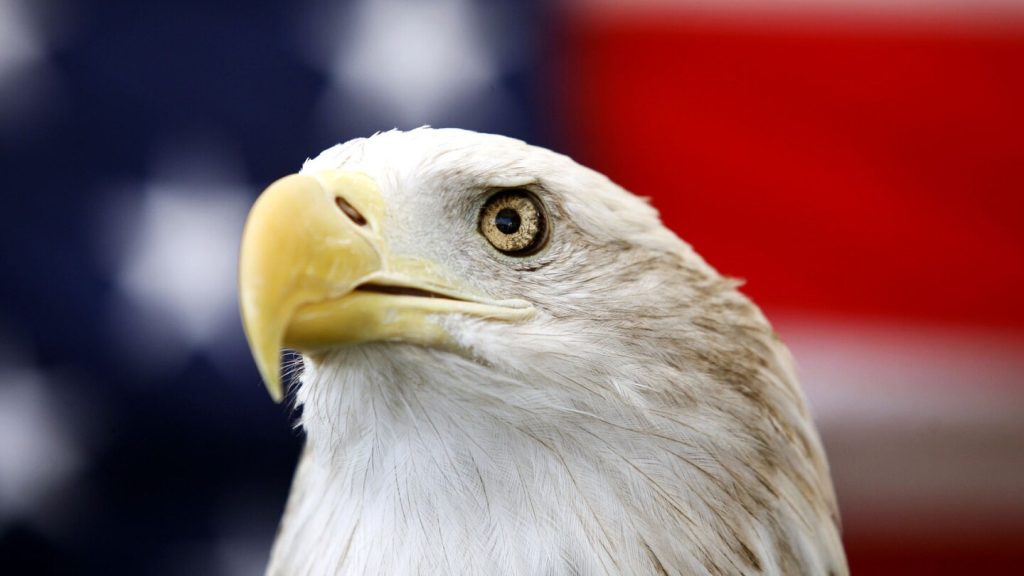President Biden’s signing of legislation officially designating the bald eagle as the national bird of the United States has brought overdue recognition to a symbol that has long represented the country’s power and strength. The bald eagle, known for its white head, yellow beak, and brown body, has been featured on the Great Seal of the United States since 1782. Despite its prominent presence in American iconography, the bald eagle had never been officially designated as the national bird until now. This designation solidifies the bald eagle’s status as a symbol of America’s ideals and values.
The bald eagle’s significance as a national symbol extends beyond its appearance on the Great Seal. Congress designated the bald eagle as the national emblem in 1782, recognizing its importance in representing the country. The image of the bald eagle can be found in various official contexts, including documents, the presidential flag, military insignia, and even U.S. currency. Its presence in these diverse settings underscores its importance in American culture and identity. By officially recognizing the bald eagle as the national bird, the United States is reaffirming its commitment to the values and principles embodied by this majestic creature.
In addition to its symbolic importance, the bald eagle holds ecological significance as a keystone species in North America. As an apex predator, the bald eagle plays a crucial role in maintaining the health of ecosystems by regulating populations of prey species. Its conservation has been a priority for environmentalists and policymakers, who recognize the importance of protecting this iconic bird and its habitat. The designation of the bald eagle as the national bird serves as a reminder of the need to preserve and protect the natural world for future


